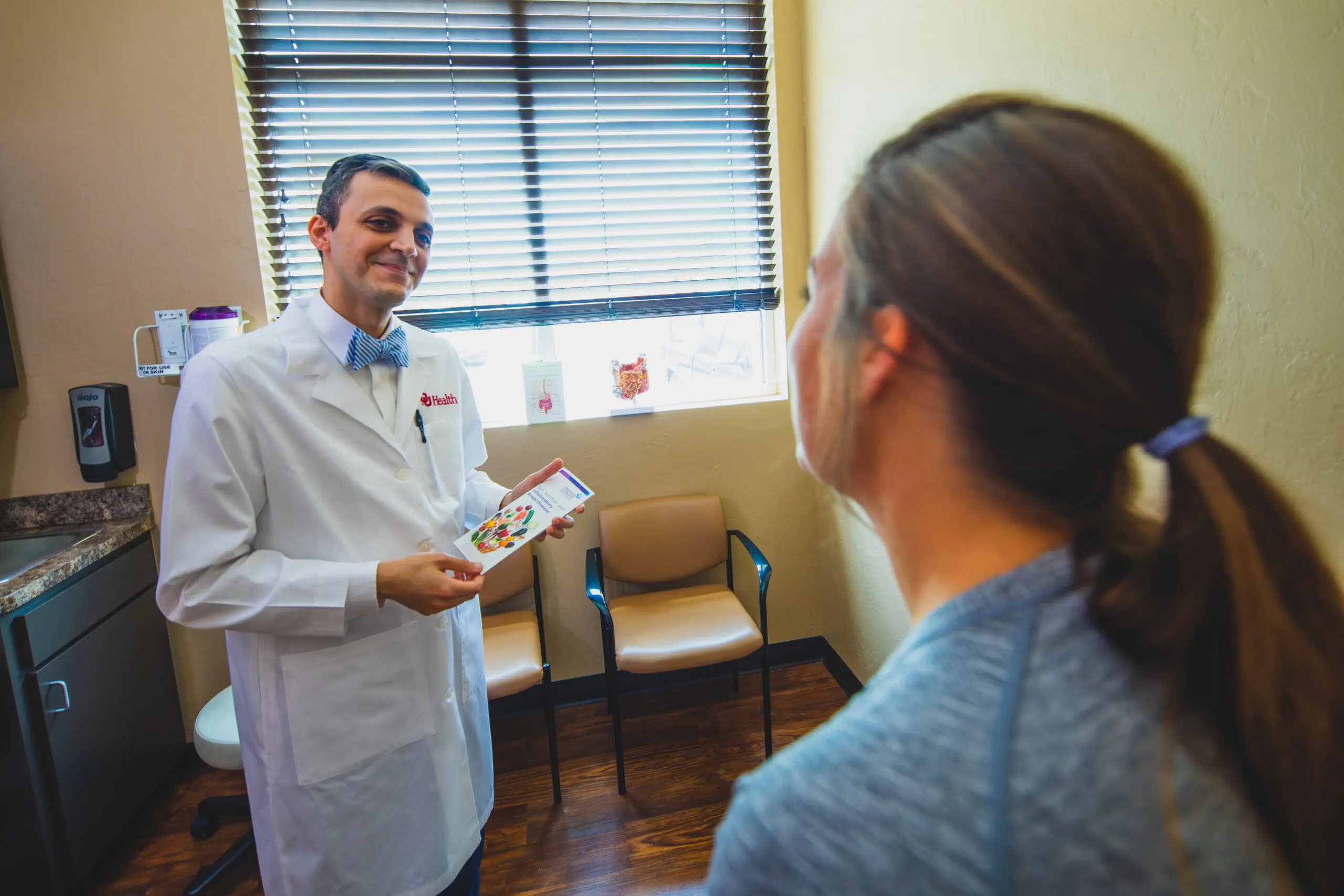Most people experience anxiety from time to time, but for some, it’s a regular occurrence that interferes with daily life.
Generalized anxiety disorder (GAD) is typically characterized by a difficulty to control worry on more days than not for at least six months, with the presence of three or more symptoms.
“For this disorder the key word is ‘generalized,’” says Lee Martin, a licensed professional counselor and manager of inpatient therapy at Laureate Psychiatric Clinic and Hospital in Tulsa. “There are more specific anxieties that are diagnosable such as: panic disorder, social phobia, obsessive compulsive disorder, separation anxiety and PTSD, to name a few.”
He says symptoms of GAD can include restlessness, becoming easily fatigued, difficulty concentrating, irritability, muscle tension and/or sleep disturbance.
“However, it’s not just that you have these symptoms, you must also show an impairment in social, occupational or other important areas of your life,” says Martin.
He says GAD generally develops around the age of 30, while a diagnosis later in life is often associated with a specific event.
“New research is coming out on younger people developing GAD as a result of social media,” says Martin, who mentions that women are twice as likely to be affected.
Common treatments for GAD include therapy and medication.
“Some therapies that have proven to be effective include: mindfulness based stress reduction (MBSR), cognitive behavioral therapy (CBT), relaxation techniques and increased self-care,” says Martin. “Anxiety can be a trick to our brain. We have a survival mechanism in our brain called ‘fight or flight’ that was useful to our ancestors when life was very dangerous on a day-to-day basis. It is useful now when we are truly in a ‘life or death’ situation.
“However, most of the time we aren’t. We need to remember that anxiety itself is uncomfortable but not life threatening. To effectively get through anxious periods, we need to slow down, use the breath and see if the situation is truly a catastrophe. It is also important to watch the use of negative coping skills such as isolation, avoidance and drug or alcohol abuse as a way of coping. These can make things worse.”
If you’re overwhelmed with anxiety, Martin says that you’re not alone.
“Life can be stressful and it will throw us some curveballs,” he says. “We are moving fast in this world of information overload. It is important to take the time to pause, take a breath and de-catastrophize situations. There are many effective therapies, and you don’t have to suffer. Please seek help if anxiety is negatively affecting your life.”
The Science of Panic Attacks
Panic attacks are sudden and characterized by intense and overwhelming anxiety and/or fear. Physical symptoms include a rapid heartbeat, shortness of breath, sweating, trembling, chills, dizziness, tingling or numbness in hands, chest pain, stomach pain and nausea.
Martin says emergency medicine physicians often have patients who believe they are having the symptoms of a heart attack, but instead learn they are experiencing a panic attack. In addition, panic attacks can be associated with GAD but they are not necessary for a diagnosis of the disorder.
























